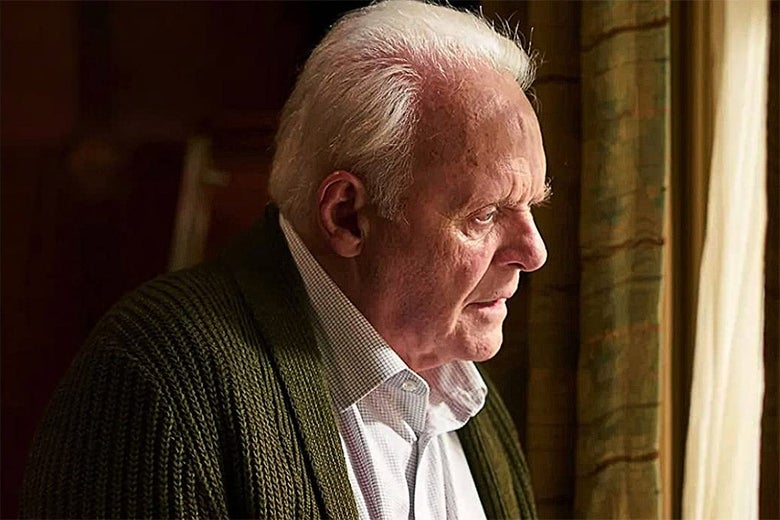When “do no harm” is no longer textbook
by Jim Demaine, Md, KevinMD.com, July 7, 2019
A call came about noon a few years ago that a patient I’ll call Stella was being admitted once again. She had come into the ER from her nursing home to receive transfusions. These were now needed every two weeks to keep her alive. The problem was that every time Stella was moved she decompensated. Her Alzheimer’s was severe. She no longer recognized her family. She was now 83 and slowly dying, but not terminal if one defines it by an expectation to die within six months.
Stella had aplastic anemia. Her bone marrow could no longer make enough red blood cells to keep her alive. Transfusions, by medical protocol, could not be given in the nursing home. Hence the ambulance to the ER and back to get two units of packed red blood cells every two weeks. But many times poor Stella would start screaming due to the needle sticks, require sedative medications and then wind up getting admitted. It was kind of a medical not so merry-go-round.
This was one of perhaps ten admissions, but it was the first time she was on my service. I knew Stella and the family and decided to try to get her husband, children, and in-laws together to discuss her end of life wishes. In my mind, I wasn’t sure whether the transfusions were prolonging beneficial life for Stella or making her death prolonged and miserable.
We set aside an hour late one afternoon when everyone could make it to a hospital conference room. My favorite social worker who had been working with the family joined us as did her primary nurse. We reviewed Stella’s history and had the family fill in some details actively participating. We allowed time for expression of feelings and “if only’s” and wishes. The family seemed together and realistic about her very poor outlook and even poorer quality of life.
Then we discussed options about the transfusions. When we began to talk about the option of hospice and no further transfusions, the husband “Morrie,” jumped out of his chair very agitated almost shouting, “This is like Dachau.” The room was silent as he stomped out.
The others, though, wanted to keep talking. They noted that Morrie had a diagnosis of early Alzheimer’s himself and was needing more care, supervision, and guidance. But they honored his opinion and didn’t want to do anything he objected to. Stella never completed an advance directive, but the family felt she would never want to continue living in her current state. I suggested that I meet individually with Morrie to discuss the transfusions further.
The next day, I sat down with Morrie. He wasn’t agitated and seemed eager to discuss Stella’s care. In discussing the ethics of the transfusions, I told him that I feared that the transfusions might actually be harming her. To my great surprise, he said, “You know, I agree with you, she might get AIDS!”
With Morrie fixated on the AIDS fear, the family was content with no further transfusions. Hospice was consulted and provided wonderful support to Stella, Morrie and the family as she went downhill and died peacefully in her nursing home several weeks later.
Comment: The ethics of this case may seem cavalier on my part in that I stumbled on a way to have Morrie agree with me and the rest of the family. But Morrie’s decision-making ability appeared impaired. I think the “do no harm” ethical principle was the primary driver in this case, but it was anything but textbook.
Jim deMaine is a pulmonary physician who blogs at End of Life – thoughts from an MD.

